Working outside during summer in Australia can be very pleasant. It can also be fierce. But knowledge is power, and being prepared for the conditions can keep you safe, while enjoying the great-outdoors.
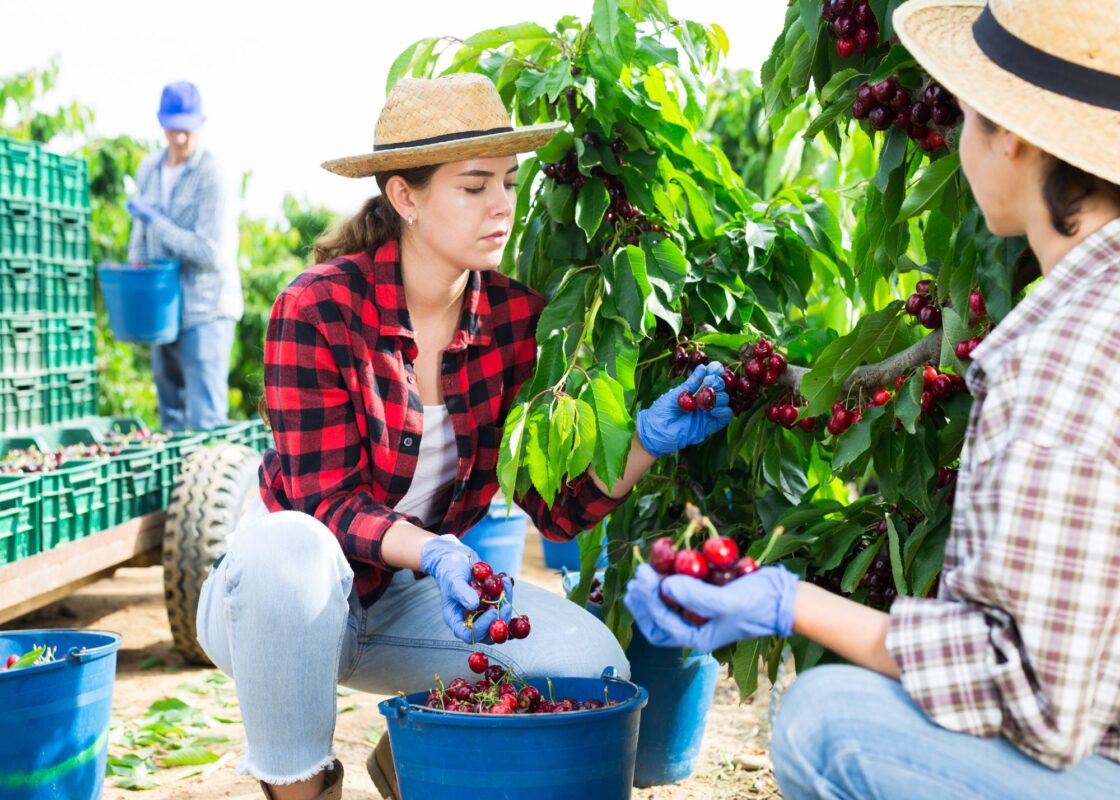
Summer time is the busiest time
Australia is 3,860 kilometres from the northern tip of Cape York to southern Tasmania. That means the climate varies from tropical monsoons in the north, to blustery Antarctic gales in the south. If you wish to fill your lungs with clean, fresh air while you work, you need to know a little about the conditions so you can be prepared.
For most of southern Australia, summer is the busiest. Horticulture farms come into their most productive phase, with harvest periods often short and intense. Tree and vine fruits in particular may only ripen and be ready to be picked over a few months, or even a few weeks. And while vegetable farms are likely to have continuous work once the season starts, the most southern regions may only harvest over summer and autumn.
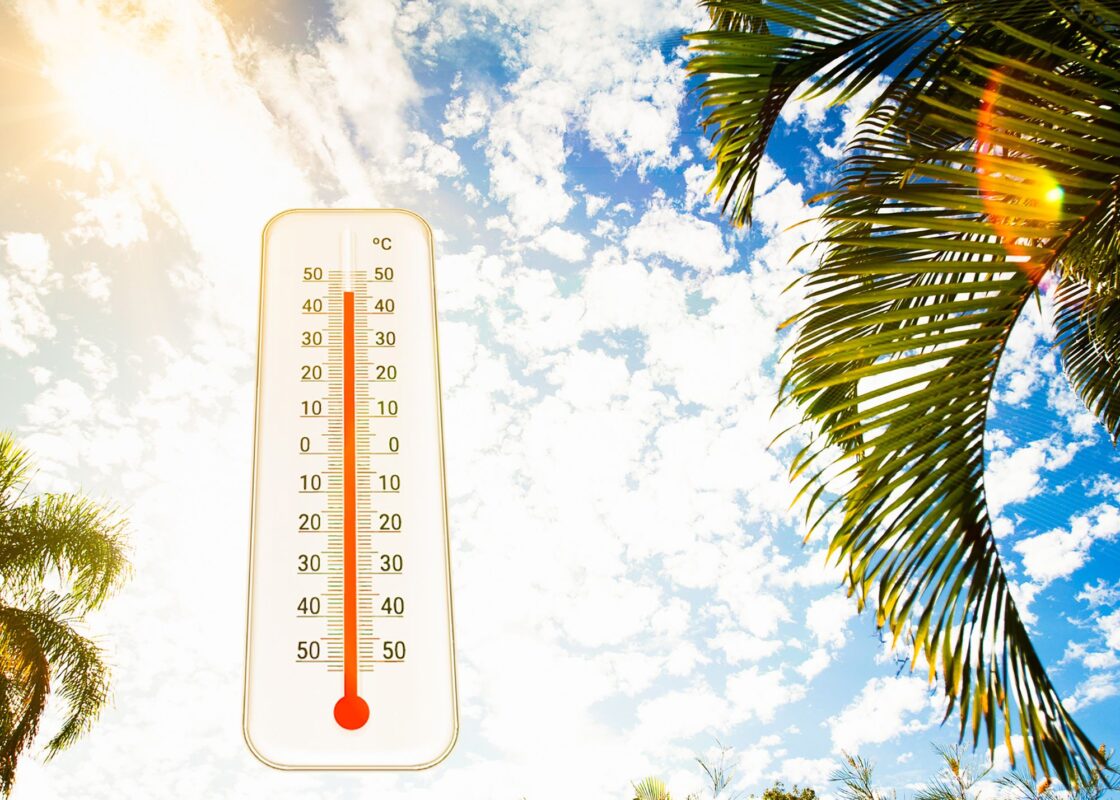
So, whether you are looking for just 88 days of work, or keen to experience Australian farm-life and earn some cash for a longer period, you need to know how to work in the conditions.
It gets HOT in Australia
It can get hot – very hot. Daytime maximum temperatures exceeding 40˚ Celsius are not uncommon, especially inland away from the moderating influence of the sea. However, for areas that reach these temperatures such extremes are not a daily occurrence, but temperatures in the 30’s are likely to be commonplace.
When extremes are expected, farms will often start very early in the cool of dawn, even under lights, and finish before the day gets too hot. This is not only for the benefit of worker health and well-being, but when farm produce starts to wilt it loses value too.
Shade and water are your friends
In these conditions, shade and water are paramount, and both should be carried with you. A broad-brimmed hat and a water bottle should be part of every outdoor workers’ kit.
Farms are required to have drinking water available, and most will provide cool, clean water not far from where you are working. It is also sensible for you to have your own insulated container of a few litres of cool water close by, and top it up at breaks.
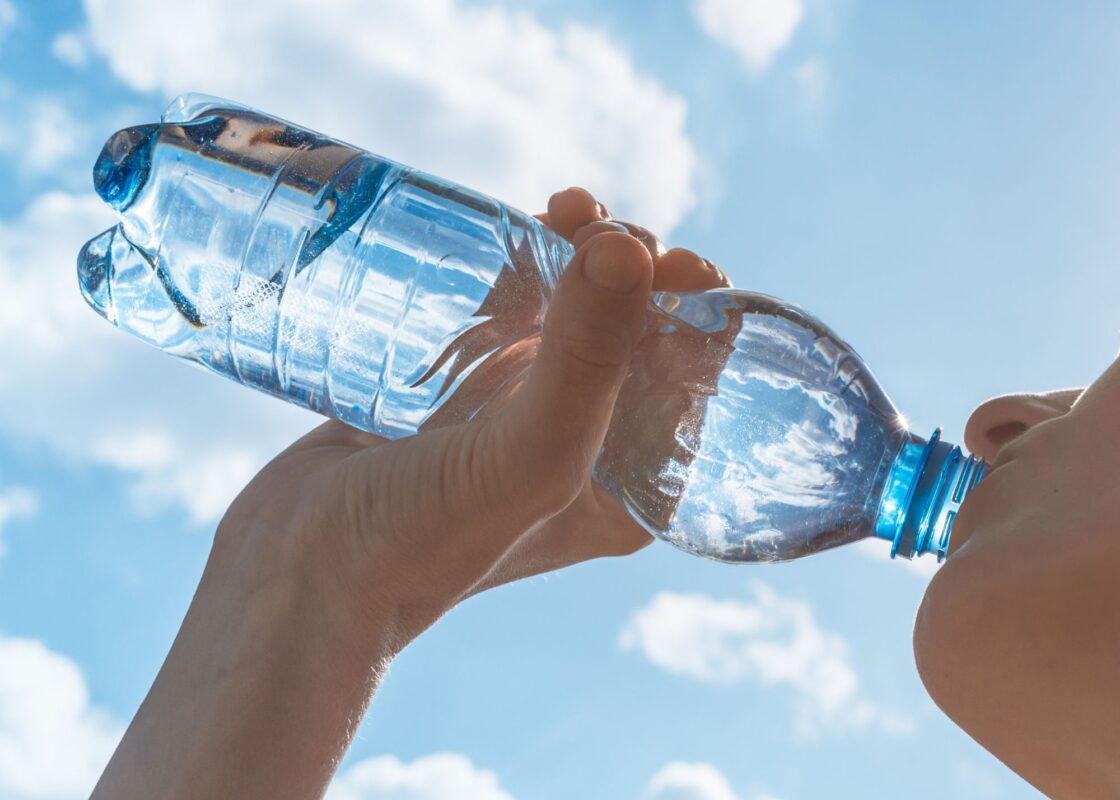
A hat is essential and needs to provide good shade for the face and neck, both front and back. A cap with only a front peak should be worn with a turned-up shirt collar, or even a bandana to protect the back of the neck. Dipped in water, it can also help to cool you for a while.
Australian is the skin cancer capital of the world – but it need not be so. Applying a high-factor sunscreen to any exposed skin is really important, including in the shade of your hat. Every workplace should provide sunscreen, but having some of your own ensures your protection. Apply it at least twice a day if you are out in the sun.
Snakes are not your friends
Summer is also when snakes are active, although even they don’t like extreme heat and will hide away in a cool spot. Most snakes are timid, afraid of people, and slither away quietly without you even knowing they are there. If you see one, simply stop, don’t move, and wait until it moves away from you. If it doesn’t move, just keep an eye on it and back up slowly, treading softly, until you are a safe distance away. Either way, let other workers and your supervisor know it is there. Do not attempt to approach or kill the snake – like any animal it will try to protect itself if threatened.
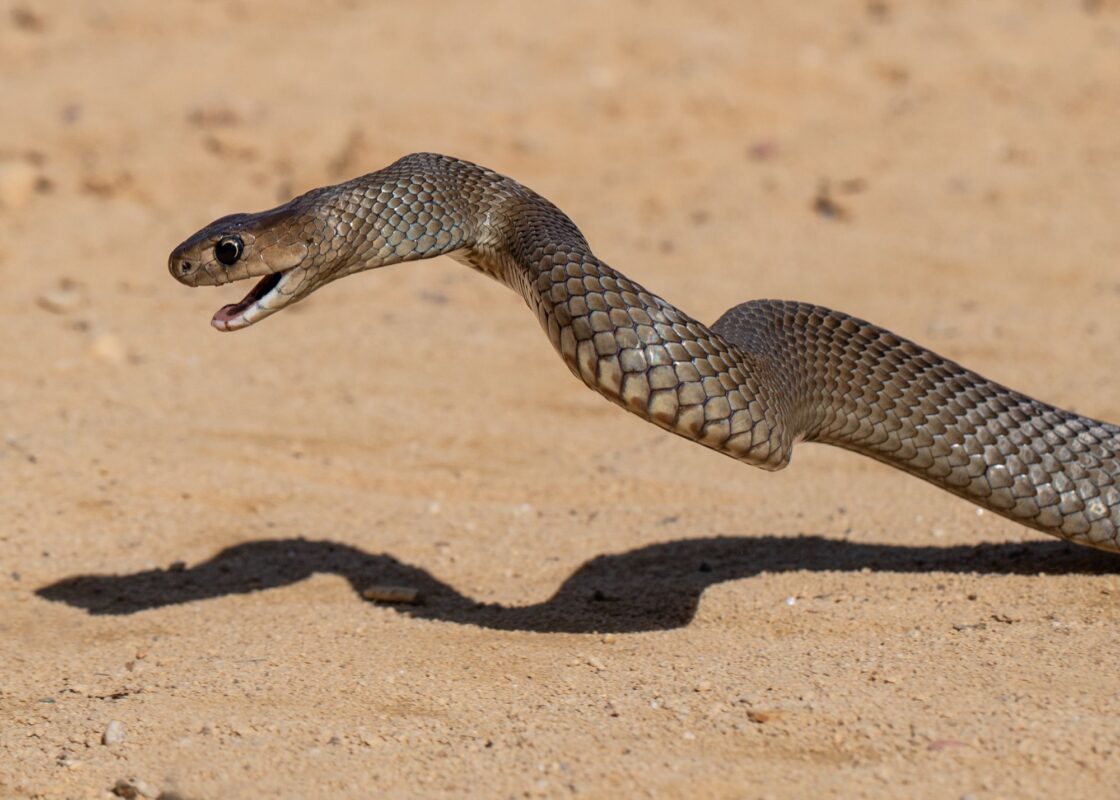
Many of Australia’s snakes are poisonous, and although deaths from snakebite are extremely rare, a bite is one Australian experience you should avoid. Should you be bitten, tell someone immediately to call an ambulance and get help, and stay as calm and still as possible. Only move to get away from the snake and immediate danger.
A bite is almost always to an arm or leg and a pressure bandage should be applied to the limb between the bite and your body. In a work situation someone else should call for help and you should sit or lie down to reduce your heart rate and blood flow until medical help arrives.
This information is very basic and more detailed information can be found here. To set your mind at ease it is a good idea to familiarise yourself with instructions for a snake bite.
Mozzies are also not your friends
Mosquitoes or mozzies can also be dangerous to humans by spreading diseases through their bites. Mozzies mainly cause irritating itchy bites but have the potential to spread serious disease like Ross River Fever and Japanese Encephalitis.
In order to prevent mosquito bites, it is recommended to wear long, loose fitting, light coloured clothing.
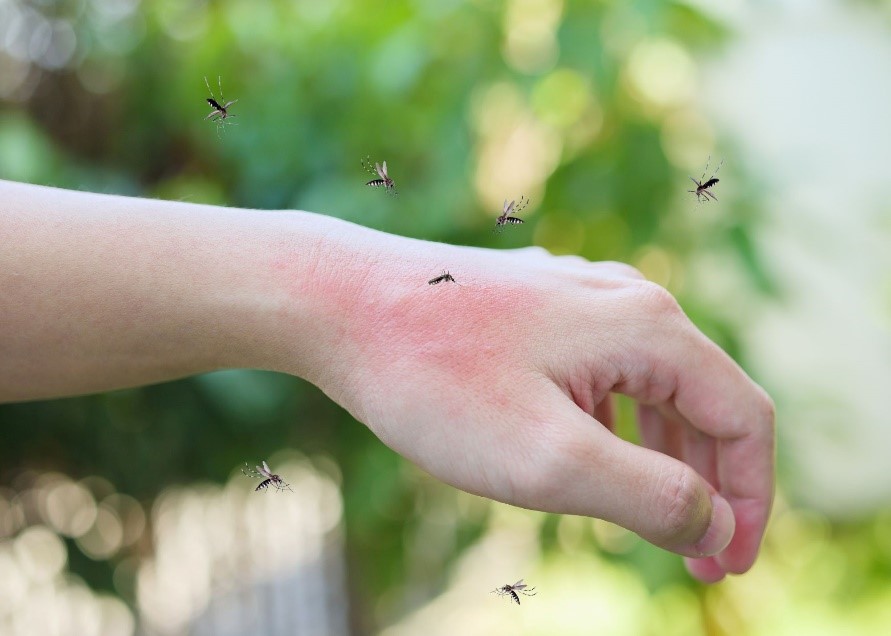
What you really need to know
So, the key points for working in the Australian summer:
Shade – working in the shade is your first option, if you can’t, BYO shade with a broad brimmed hat.
Water – drink lots and have a supply of cool water with you. Staying hydrated is key.
Sunscreen – it’s an Australian theme. Slop on sunscreen to any exposed skin.
Snakes – they’ll avoid you, but avoid them too. If bitten, call for help – stay calm and still.
Mozzies – these pesky insects can spread serious disease so stay protected.
Tell ‘em you survived!
Australia is justly famous for its summertime heat. Working in it can be a challenge, but take these tips and you will have a greater chance of being successful and going home to brag you survived working an Australian summer!
